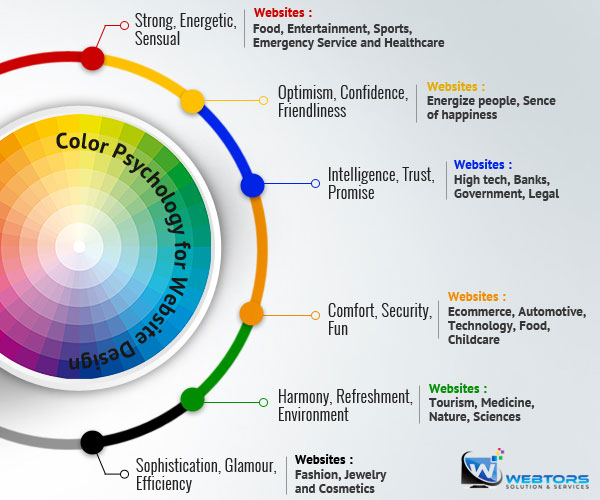As a proficient SEO and high-end copywriter, we understand that color is a crucial element in website design and branding. Colors have a powerful impact on our emotions, behaviors, and attitudes. As such, selecting the right color scheme for your website can make a significant impact on your brand’s success. We will investigate the job of color in web composition and branding, and how it can assist you with outclassing your rivals in web search tool results.

The Psychology of Color
Before we dive into the effect of color in web design, understanding the brain research behind it is fundamental. Colors have the power to evoke emotions and trigger certain responses in individuals. For example, red is associated with energy, passion, and urgency, while blue is associated with trust, stability, and calmness. By selecting colors that align with your brand values, you can create a subconscious emotional connection with your audience.
Color in Website Design
The use of color in website design plays a vital role in creating a visually appealing website that resonates with your target audience. A well-designed website that uses color effectively can create a sense of professionalism, trustworthiness, and credibility, which can encourage visitors to engage with your brand.
When designing a website, it’s crucial to select a color scheme that aligns with your brand values and message. A consistent color scheme can enhance brand recognition and create a memorable impression in the minds of your audience. It’s also essential to consider the color contrast and readability of your website. The wrong color contrast can affect the readability of your content, making it difficult for visitors to engage with your brand.
Color in Branding
Color assumes a critical part in branding, and it can assist with making serious areas of strength for a character. Your brand color ought to mirror your brand character and message, and it ought to resound with your interest group. Consistency in color use across all branding materials can improve brand acknowledgment and assist with laying out major areas of strength for a character.
Color also plays a crucial role in brand positioning. By using colors that are associated with specific emotions or attitudes, you can position your brand in a particular market. For example, using blue as your primary brand color can position your brand as trustworthy and professional, which is ideal for financial institutions.
Tips for Choosing the Right Colors for Your Website and Branding
Picking the right color for your website and branding can challenge. Here are some special tips to help you select the right color scheme for your website and brand:
Understand Your Brand Values: Your website and brand values should guide your color choices. For example, if your brand values are creativity and innovation, you may want to consider using vibrant and bold colors.
Think about Your Ideal audience: Your audience assumes a crucial part in your variety decisions. Think about the socioeconomics of your interest group, like age, orientation, and culture, while choosing your variety plot.
Research Your Competitors: Researching your competitors’ color schemes can help you identify gaps in the market and select a color scheme that stands out.
Test Your Color Scheme: Testing your color scheme can help you determine its effectiveness. Consider using A/B testing to determine which color scheme resonates best with your audience.
Summary
In conclusion, color plays a vital role in website design and branding. By selecting the right color scheme, you can create an emotional connection with your audience and establish a strong brand identity. When designing your website and branding materials, it’s crucial to consider your brand values, target audience, and competitor color schemes. By following these tips, you can choose a variety conspire that resounds with your crowd and assists you with outclassing your rivals in web search tool results.

